Samsung Galaxy S6 Edge+ vs Galaxy S6 Edge: first look
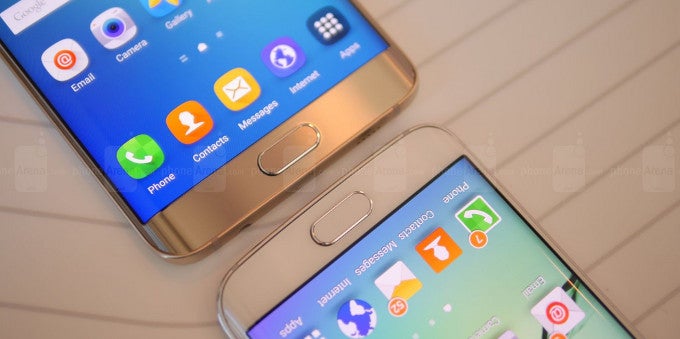
The Samsung Galaxy S6 Edge+ has arrived with a splash: the dual-curved screen on Samsung’s new phablet makes it quite the futuristic device, and the stylish metal and glass combination, along with the very thin profile, make the S6 Edge+ a very appealing phone.
Yet, it all started in the beginning of the year with a phone not all too different: the Samsung Galaxy S6 Edge. The S6 Edge introduced the new Samsung design language with metal and glass of different colors. Also: with no microSD cards for expandable storage and no removable battery, both peculiarities that carry over to the Galaxy S6 Edge+.
Design
The Samsung Galaxy S6 Edge+ takes inspiration from the Galaxy S6 Edge, so the two look very much similar, save for the size. Yes, the 5.7-inch Galaxy S6 Edge+ is a large phone that eclipses the S6 Edge with size, and here are the exact numbers:
- S6 Edge+: 6.08 x 2.98 x 0.27 inches (154.4 x 75.8 x 6.9 mm)
- S6 Edge: 5.59 x 2.76 x 0.28 inches (142.1 x 70.1 x 7 mm)
The toughened glass on both phones looks good and conveys that premium feel that was lacking in earlier plastic Samsung phones. It’s also prone to getting fingerprint marks and the whole phone can get messy very quickly, so you need to remember to wipe it clean often.
Display
Since we’re talking about two high-end Samsung Galaxy phones here, it’s no surprise that we’re looking at two Super AMOLED panels. The Galaxy S6 Edge+ features a 5.7-inch display with a resolution of 1440 x 2560 pixels (Quad HD), while the Galaxy S6 Edge sports a smaller, 5.1-inch Quad HD screen.
At first sight, we’re impressed by the colors adn overall quality of the display on the Galaxy S6 Edge+: it has the typical deep blacks for AMOLED, and with various colors it can change from a vivid color mode to a more natural and realistic color representation with the Basic display mode. Viewing angles are great on both.
The big highlight of the S6 Edge+, however, is definitely the presence of curved edges of the screen. You can now set the edge screen to be on the left or right (useful for lefties), and the functionality and scope of apps that you can access from the Edge screen has increased: you now have the People edge and App edge functionalities for quick access to contacts and quicker multitasking, respectively.
Interface
Samsung’s TouchWiz is probably the most recognizable face of Android out there, and with the Galaxy S6 Edge+ this popular skin is getting a refresh. It’s mostly a visual thing as the icons now look slightly different, with a solid-color background and a rounded shape, but it’s still easy to recognize each one.
Samsung has been working towards making TouchWiz faster and stutter-free by cleaning the clutter. The S6 Edge+ is one further step in that direction. After all, even though the Galaxy S6 Edge was an improvement in terms of responsiveness, it still could not get completely rid of that very typical Samsung microlag.
Processor and Memory
The processor is one area, where the Galaxy S6 Edge+ is practically identical to the half a year old Galaxy S6 Edge: both features the Exynos 7420 system chip (and no, there are no Qualcomm Snapdragon-equipped versions of either handset). Samsung surprised everyone by being first to the 14nm race with its foundry, and this huge competitive advantage has allowed it to not only have one of the fastest phones on the market, but also to cope well with the added performance strain from the Quad HD display.
The Galaxy S6 Edge+ does, however, upend the Galaxy S6 Edge when it comes to the amount of RAM: the phone features a plentiful 4GB of RAM, while the S6 Edge sports 3 gigs, and this additional amount of RAM will be beneficial for heavier multitasking.
When it comes to storage, Samsung has set a precedent with the Galaxy S6 Edge by going to 32GB of storage in the base version and it stays by this decision in the Galaxy S6 Edge+ - the latter features a 32GB and 64GB versions (end user available storage on both will be less, as the system takes up a lot of those resources). It’s also a fast kind of storage - UFS 2.0 - used in the curved-screen phablet.
The decision that has angered most Samsung loyalist, though, however is that the company has done away with expandable storage and there’s no microSD card slot on the S6 Edge+, just like on the Galaxy S6 Edge.
Camera
Samsung has steadily improved upon the camera quality with its smartphones: first, we were impressed with the Galaxy Note 4, then the Galaxy S6 Edge solidified these positive impressions, and the Galaxy S6 Edge+ further polishes the camera experience.
Both phones are capable of recording videos in up to 4K at 30 frames per second, but you do sacrifice the stabilization capabilities at anything north of 1008p @ 30fps.
Battery life
When it comes to battery life, the Galaxy S6 Edge+ comes with a 3000mAh juicer, which is a bit on the low side for a device with such a large screen. On the bright side of things, this allows for an impressively thin smartphone, while on the other hand you have the obvious loss in possible added battery life.
Still, we do expect the Galaxy S6 Edge+ to achieve battery life comparable or slightly north of what the 2600mAh battery-powered Galaxy S6 Edge provides, as Samsung has had time to further perfect its Super AMOLED display technology in terms of power savings.
Conclusion
All in all, it's clear that the Galaxy S6 Edge+ and Galaxy S6 Edge share a common Samsung DNA, and for consumers there will be little interlapping points that would make choosing between one of the two that hard. The Galaxy S6 Edge+ has its dual-curved screen and larger screen, while the Galaxy S6 Edge comes in a regularly-sized package with a similar edge functionality, and the size alone is a factor that will steer a certain group of customers towards the one, and another - toward the other.
For all else apart from size, these devices are practically the same: the cameras look great, they are future-proof with 14nm system chip and tons of RAM, and they both look thin and very stylish. If you care about that style, and don't put price as a first priority, then both of these devices will likely serve you well.






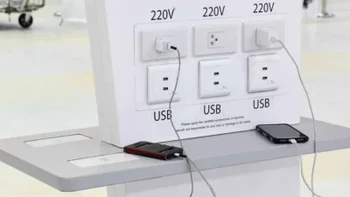


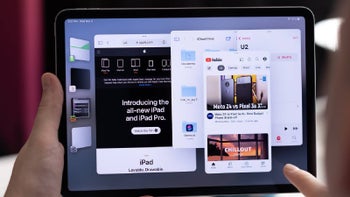
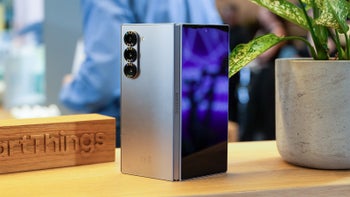


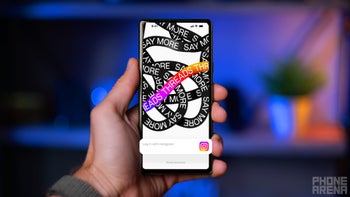



Things that are NOT allowed: